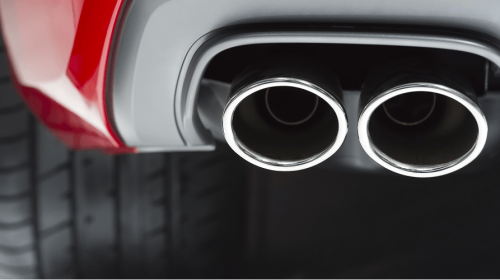The rise of electric vehicles (EVs) is transforming the automotive industry at an unprecedented pace. With advancements in battery technology, growing environmental concerns, and evolving consumer preferences, EVs are reshaping how cars are designed, manufactured, and marketed. This shift marks a significant departure from traditional internal combustion engine vehicles, heralding a new era of clean, efficient transportation.
The Shift Towards Sustainable Mobility
One of the most profound impacts of electric vehicles is their contribution to sustainable mobility. Unlike gasoline-powered cars, EVs produce zero tailpipe emissions, reducing air pollution and carbon footprints. Governments worldwide are promoting EV adoption through incentives, stricter emissions regulations, and investment in charging infrastructure, accelerating the industry’s pivot towards greener alternatives.
Innovations in Battery Technology
Battery technology is at the heart of the EV revolution. Improvements in lithium-ion batteries have enhanced energy density, charging speed, and longevity, making electric cars more practical and affordable for everyday use. Research into solid-state batteries and other advanced chemistries promises even greater range and safety in the near future, pushing the boundaries of EV performance.
Changes in Automotive Design and Manufacturing
Electric vehicles require fundamentally different design and manufacturing approaches compared to traditional cars. Without the need for bulky engines and transmissions, EVs often feature simpler drivetrains and more flexible layouts, allowing designers greater creativity. Additionally, the production process is evolving with an emphasis on sustainability and efficiency, including the use of recyclable materials and renewable energy sources.
Impact on the Supply Chain and Jobs
The shift to electric vehicles is reshaping the automotive supply chain. Demand for components like batteries, electric motors, and power electronics is skyrocketing, while traditional parts such as exhaust systems and fuel injectors are becoming obsolete. This transition is creating new job opportunities in emerging sectors but also poses challenges for workers in legacy manufacturing roles, prompting a need for reskilling and workforce adaptation.
Expansion of Charging Infrastructure
Widespread adoption of electric vehicles hinges on the availability of reliable and accessible charging infrastructure. Governments and private companies are investing heavily in building fast-charging networks across urban and rural areas. Innovations in wireless and ultra-fast charging technologies aim to further enhance user convenience and address range anxiety, a common concern among potential EV buyers.
Influence on Consumer Behavior and Market Dynamics
Electric vehicles are changing how consumers perceive and interact with cars. Beyond environmental benefits, EVs offer lower operating costs, reduced maintenance needs, and a quieter driving experience. As battery prices fall and vehicle ranges increase, more buyers are considering EVs as practical daily drivers. This shift is compelling traditional automakers to rethink their strategies and intensify competition in the EV market.
Government Policies and Industry Collaboration
Government regulations and policies are pivotal in shaping the future of electric vehicles. Many countries have set ambitious targets for phasing out fossil-fuel-powered vehicles within the next two decades. Public-private partnerships and collaborations among automakers, technology firms, and energy providers are driving innovation and infrastructure development, fostering a robust ecosystem for EV growth.
Challenges and Future Outlook
Despite rapid progress, the EV industry faces challenges including battery supply constraints, raw material sourcing, and the environmental impact of battery production and disposal. Addressing these issues requires sustainable mining practices, battery recycling programs, and continuous technological innovation. The future of the automotive industry is expected to be a blend of electric, autonomous, and connected vehicles, revolutionizing transportation as we know it.








